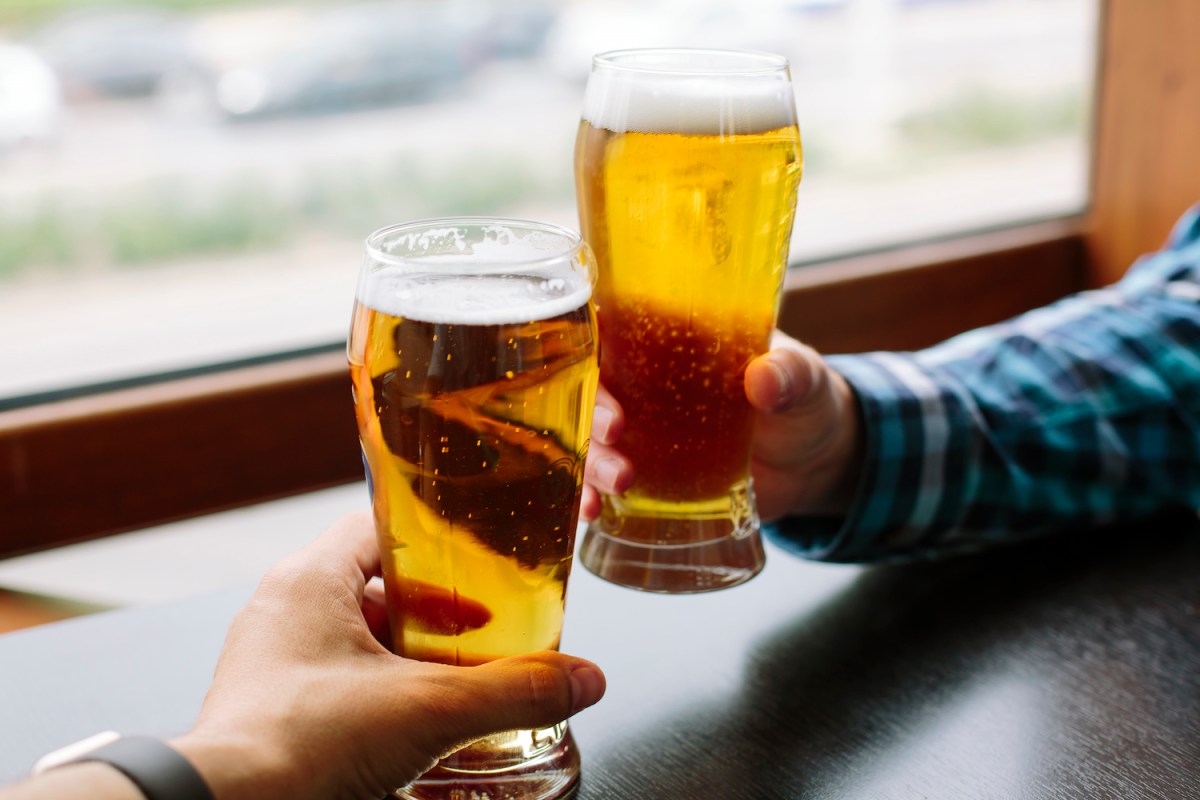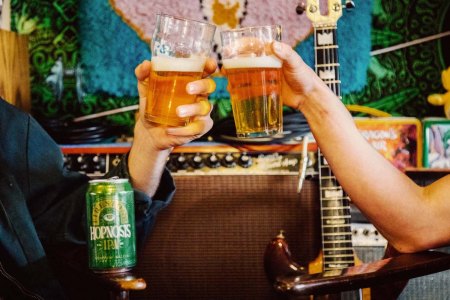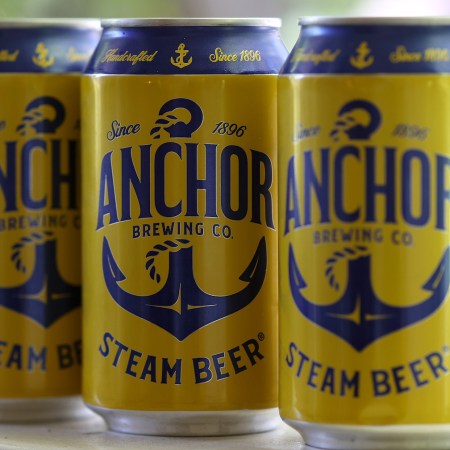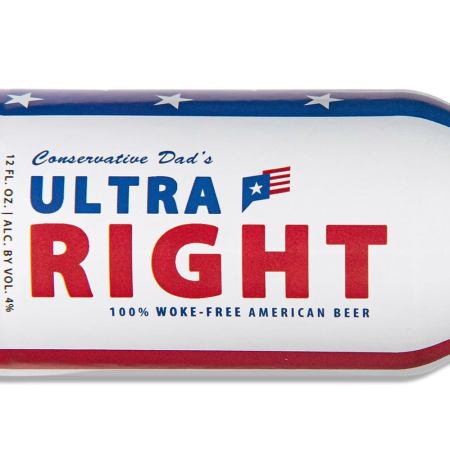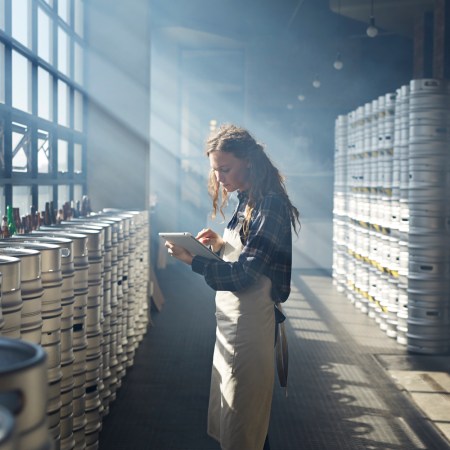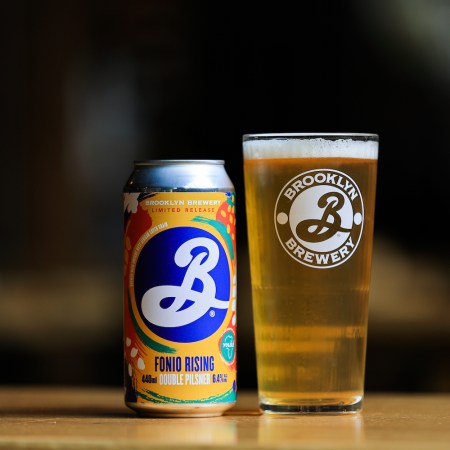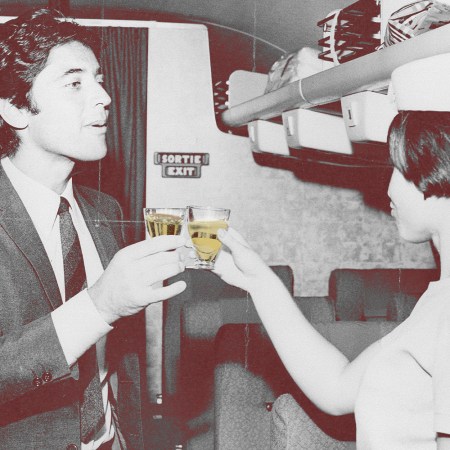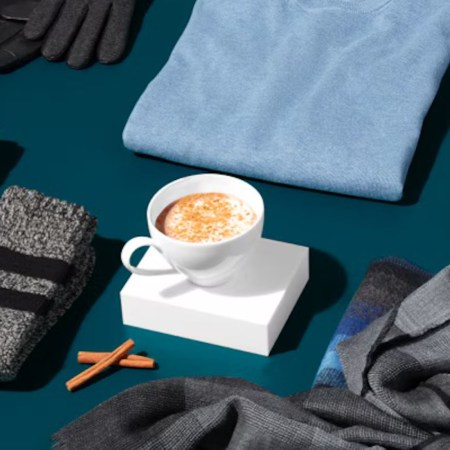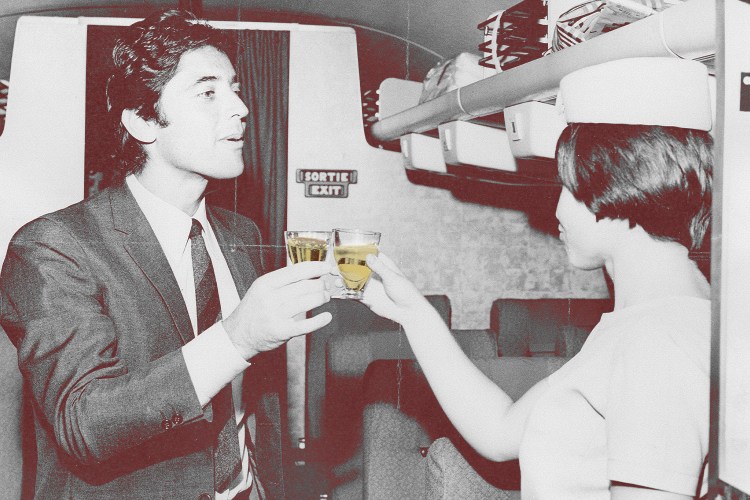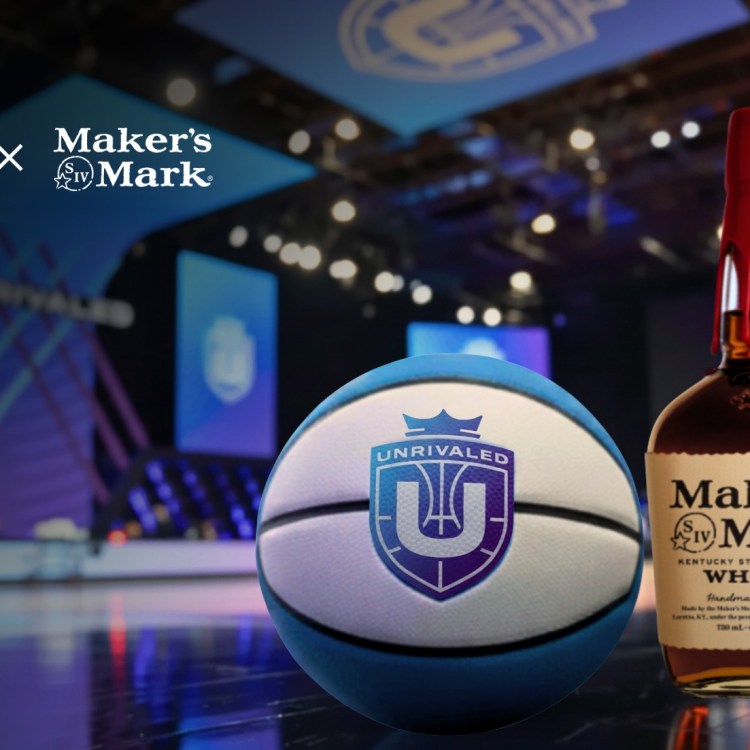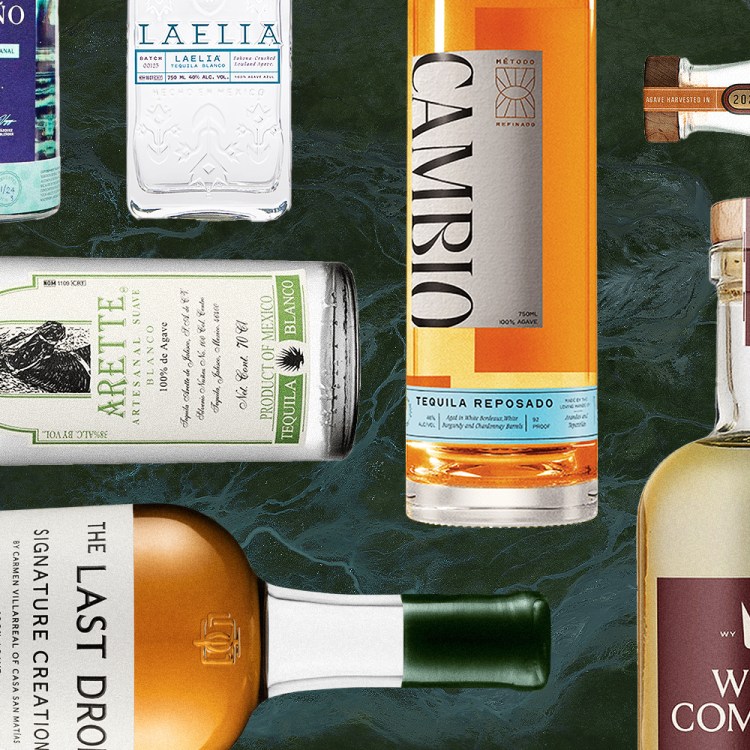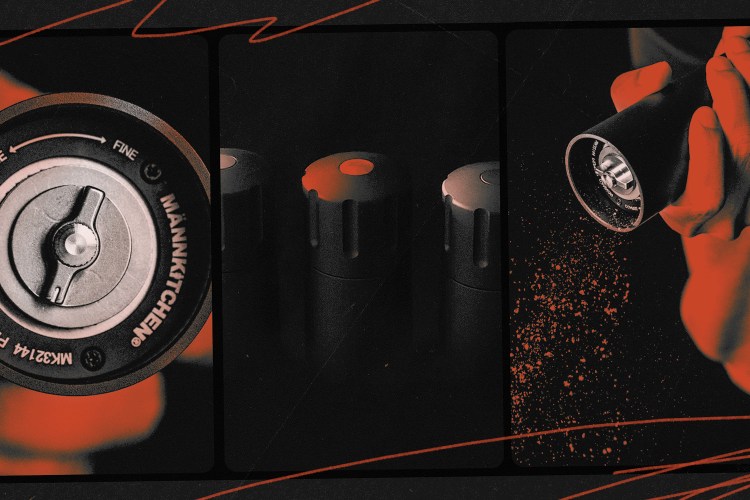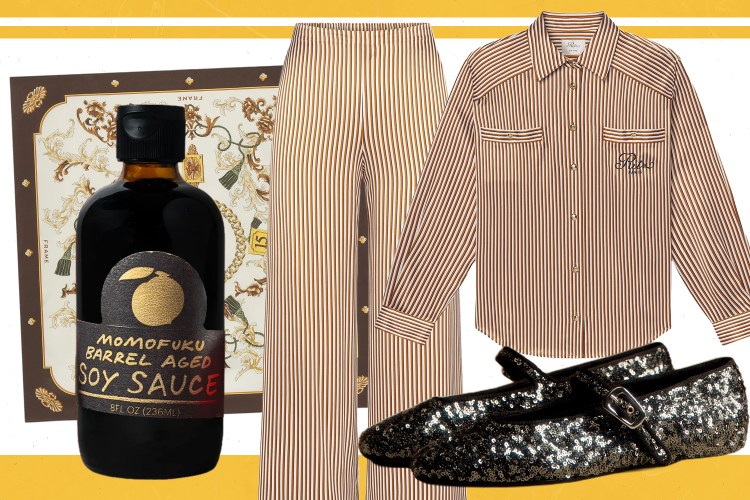Beer is a resource intensive product. Like in many other industries, brewers are investing in new ways to operate more sustainably. These efforts are primarily focused on making breweries themselves more environmentally friendly. But the new Cool Cousin Brewing in New York is turning to sustainability measures even earlier in the process — lowering its carbon footprint by targeting barley, one of the core components of many beers, with what it’s calling “raw beer.”
Malted barley is one of the primary grains used to make the most popular styles of beer, so the “raw” refers to using 100% unmalted barley. Even most wheat beers use a hefty portion of the grain, and mega-brewers that rely on adjuncts like corn and rice also still need a large amount of malted barley to keep the beer flowing. While a percentage of unmalted barley is used in Irish whiskey, Cool Cousin is the first commercial brewery to use 100% unmalted barley for a beer, according to Forbes.
Cool Cousin isn’t afraid to make bold proclamations in its marketing material. On its website, it positions itself as “a family of beers set to change how beer is brewed forever.” In doing so, it’s going against centuries of brewing tradition — malted barley has been the cornerstone of beer for essentially the entirety of modern brewing to maximize flavor and fermentation.
And it’s no secret how much has to go into the malting process. The barley grains are steeped in water and then aerated to encourage the grains to sprout. Then the growth is stopped by heating the sprouted grains. It’s a lot of water and a lot of energy all for one purpose: to make the starches more accessible to yeasts for fermentation. To ensure that the yeast can still efficiently ferment unmalted barley, Cool Cousin uses specific enzymes in the mash that have the same effect but use far fewer resources.
It took an outsider to give this a serious try. Founder John Midgley didn’t get into commercial brewing until the pandemic, when he took an online brewing course with Belgium’s KU Leuven. It inspired him to look into more sustainable practices, and barley became his main focus. He spent a year after the course experimenting with various homebrew recipes to make a lager with unmalted barley that maintained the same flavors. Then, Midgley partnered with established brewer Rich Michaels to nail down the process and, today, contract brews Cool Cousin at Frog Alley Brewing in Schenectady, New York, according to a press release on Brewbound.
“With Cool Cousin, we invite beer enthusiasts to savor a truly remarkable brew while being mindful of our impact on the planet,” Midgley said in the press release. “The goal was to create a crafted, tasty new lager. What we created was the equivalent of an electric car to the craft industry’s steam engine.”
How Cold IPA Became the Hottest New Craft Beer Style
And why it’s the perfect beer for this moment in timeIn addition to the water and energy savings, there’s also the added benefit of the grains going straight from farms to the brewery, meaning less emissions from trucking the grains to and from the malt house. Cool Cousin sources its grains from nearby farms in New York and Pennsylvania to keep those trucking emissions as low as possible. By Cool Cousin’s own calculations, it saves 350 milliliters of water and 16 grams of CO2 per pint. On a macro scale, the brewery estimates that 15 billion liters of water and 720 million kilograms of CO2 would be saved if every beer made in America used unmalted barley.
Efficiency is only one part of the equation, of course. Flavor is the other, and unmalted barley lends more of a fresh grain flavor. Cool Cousins currently makes a lager and is working on an IPA for its next release, as well as a helles-style beer. It’s currently only available in New York, with planned expansion across the United States in the future. Still, Cool Cousin has seen some early pickup. Notably, the two-Michelin star Blue Hill at Stone Barns was the brewery’s first customer.
Cool Cousin hasn’t exactly been welcomed with open arms by the wider brewing community. According to The Drinks Business, other brewers expressed doubts about the impact on flavor and have called it marketing that’s not backed by publicly available research, rather than a radical new approach. The doubts are understandable. Greenwashing is rampant in just about every industry as the world increasingly sees the devastating impacts of climate change and the calls for more sustainable practices get ever louder. Brewing is no exception. Cool Cousin is a new brewery led by someone new to commercial brewing, and it hasn’t published insights that back up its claims.
There are, however, studies that show the resources needed to malt barley. One study found malt accounts for 39% of beer’s carbon footprint — primarily from the resources needed to actually grow the grain, but also from the malting process. More than 60% of the malted barley’s carbon footprint comes from the carbon released from the grains themselves, according to The Maltsters’ Association of Great Britain, while about 30% comes from the fuel and electricity needed to process barley. After the carbon footprint of barley farming, gas and electricity are the second and third biggest emissions from malted barley.
Then there’s the water issue. The cutback on water by skipping the malting step is significant in a very water-intensive product. A study from the University of Vermont found that each barrel of beer takes three to seven barrels of water.
The industry has been working on improving sustainability for years. Most of those improvements come from the brewing, not the malting. New Belgium and Sierra Nevada have both pushed the envelope on the craft side; the latter opened the first production brewery that’s LEED Platinum certified in 2016 with its use of solar power, carbon capture technology and rainwater collection. Brewing conglomerates like AB InBev have set ambitious sustainability goals for 2025. And the demand is there for sustainable products, even if that means a higher cost. One 2018 study found the “majority of beer consumers are willing to pay more for sustainable beer” at an average of 7.4 cents more per ounce.
Using unmalted barley isn’t going to be a catch-all savior that turns beer into a sustainable product. But that’s the case for every sustainability initiative. It’ll take improvements in every aspect of production, from farming to malting to brewing to keeping the lights on, in order to make a truly sustainable beer. Even if Cool Cousin’s process doesn’t get mass pick up from brewers around the world, it can still chip away at beer’s carbon footprint and push innovation elsewhere. The world is already too far gone to prevent climate change entirely, but a range of small improvements across all industries can still lead to a healthier planet overall.
Every Thursday, our resident experts see to it that you’re up to date on the latest from the world of drinks. Trend reports, bottle reviews, cocktail recipes and more. Sign up for THE SPILL now.
